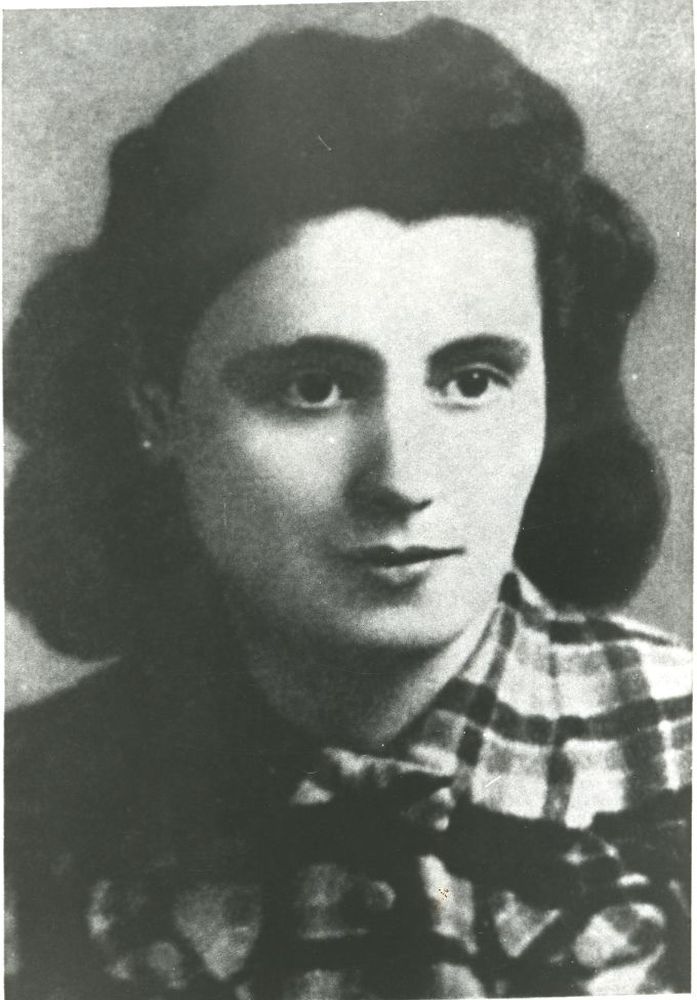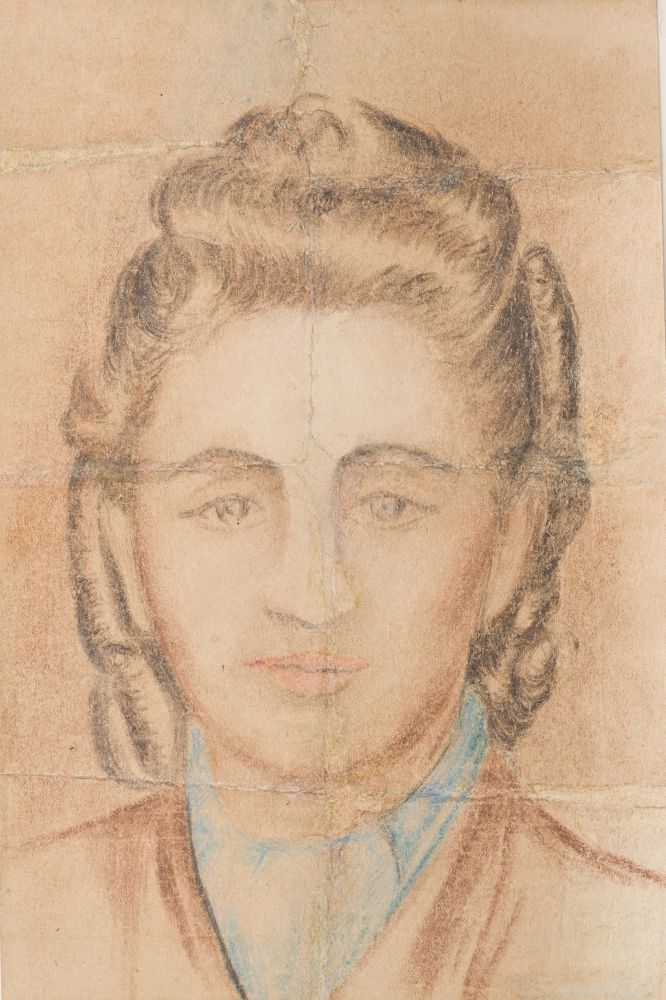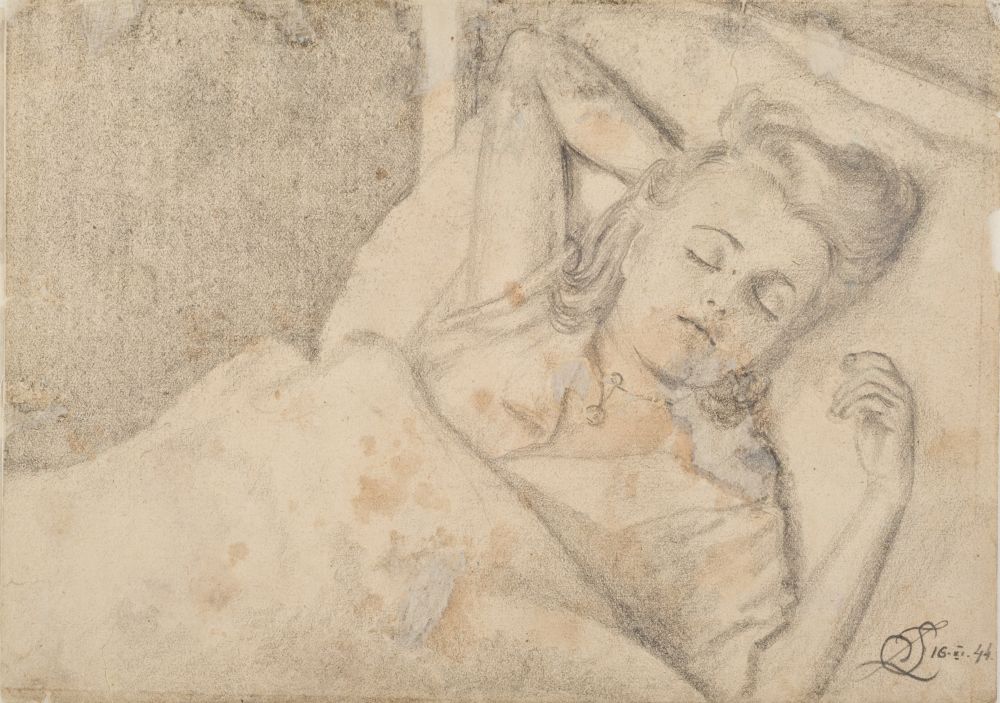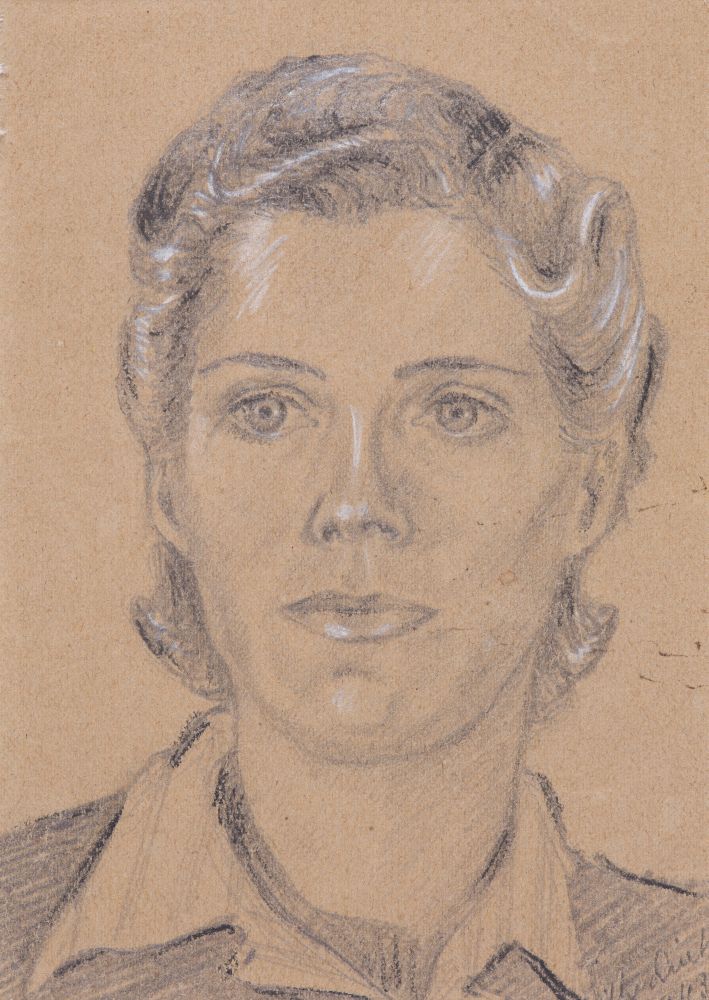Few drawings made by female inmates in the camp have been preserved. Probably because most women staying in extremely harsh camp conditions and being exposed to hard physical labour lost their strength faster than the men and experienced psychological breakdowns. As far as artistic work produced in the women’s camp is concerned, these were the products of the inmates working in the so-called good work details. That’s why the several portraits by Zofia Stępień, employed in the infirmary and later in the SS kitchen and food warehouse, are the more precious. Today they are part of the Museum’s collection. Although her images of women are idealised and do not render the actual appearance of the female inmates of Birkenau camp, they say a lot about desires and hopes of those portrayed. Each of them has beautiful long hair, make-up, and an elegant dress. This process of idealisation is the artist’s conscious strategy, as she intended to bring in some beauty into her drawings, as “everything around was so ugly, grey, sad, and dirty”. Embellishing the images of her fellow inmates, Zofia Stępień also wanted to please those portrayed in the pictures: “I saw their huge, hungry, black eyes and emaciated bodies. … Nearly all the women had ulcers, boils, and wounds leaking pus. … I tried to make them more beautiful somehow”, the artist wrote after the war.
Zofia Stępień is the author of a portrait of Mala Zimetbaum. The history of the love of the young Jewish girl and a Polish inmate Edek Galiński has been described far and wide. They both escaped from Auschwitz on 24 June 1944: Mala in civilian worker overalls, and Edek in an SS uniform. In this way, using stolen passes, they escaped from the camp. Unfortunately, not even a month later, Mala was apprehended by a German border control, and Edek joined her in the name of love. They were both detained in the cellars of Block 11, and soon received sentences of death by hanging. Both decided they would never allow the SS to perform the sentence: Edek tightened the noose around his neck himself, and Mala opened her veins. A portrait of Mala Zimetbaum with two locks of hair—of Mala and of Edek—was donated to the Museum by Wiesław Kielar, a former inmate and author of the famous novel Anus mundi. He received them just after the death of his friend Edek, with whom he originally planned to escape from the camp. This tragic souvenir passed with him through all the camps and made its way to the Museum’s collection in 1969.




